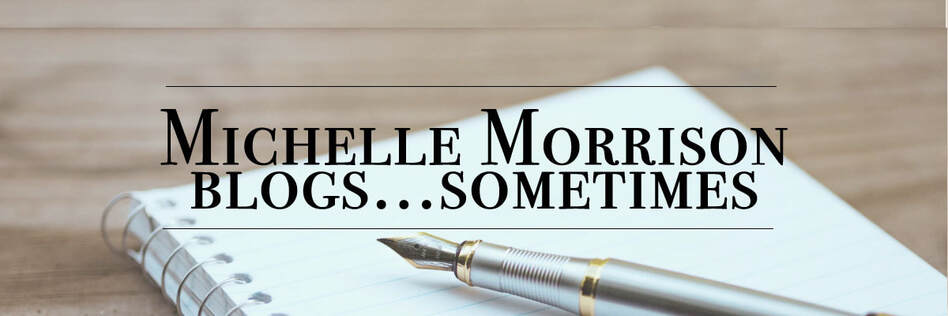|
History has always fascinated me. As a young teenager, I became enthralled with Margaret Mitchell's Gone with the Wind, namely because of the fashions of the antebellum society. Who wouldn't love to wear hoop skirts and carry parasols. Several re-readings later, I knew the dates of all the major battles of the Civil War and could name half a dozen colonels and generals who were important figures.
I joined a medieval recreation group on a whim--a college friend invited me to an event and again, attracted by the thought of wearing long skirts and saying, "m'lord" when someone said, "my lady." A historical romance I read at about the same time took place in Wales around the time of Llewelyn's last rebellion. I delved into the history of England and Wales to develop my "persona" for the group, a fiesty Welshwoman of the 15th century (the century determined, of course, by the fashion of the time). Enter Diana Gabaldon's "Outlander." Need I say more? No, I don't. Suffice it to say that that, combined with my Morrison surname led me into learning more about Scotland. (And yes, Morrison is my married name, but thanks to genealogical research, it turns out I have Morrison ancestors myself!) The Tudor period has always fascinated me, started by, you guessed it, the costuming. I mean, have you studied the elaborate brocade/velvet/silk gowns worn by Henry VII and his fellows? Not to mention where his daughter Elizabeth took wearable art! But long skirts and corsets aside, I've always been keen on learning just what is "period." Accuracy has always been important and part of the delightful challenge of writing, costuming, or camping as a 15th century Welshwoman (rather grateful those last days are past!). Things get tricky in writing historical romances, however, when you want to engage a modern reader with modern sensibilities. It's all very well and good for a Tudor-era leading man to be devoted to his faith and appalled at the rather pagan leanings of our leading lady, but in trying to stay true to the mood of the times, my knight ended up coming off as a bit of an intolerant prig! (This is the one book I mentioned earlier that I've not finished--and this is a major reason why!) Regency England with it's proper manners and fancy balls, house parties, and social rules is one of the most popular eras for historical romance. But try having two people fall in love under the strict and watchful eye of a chaperoning great aunt! Try having a young protagonist appear ravishing when as a young lady, she's largely restricted to wearing white and pale pastels. Most importunely, it is a challenge to write strong women characters and respectful male characters without having the book feel too modern. Of course there were strong women and respectful men in the 19th century, but it was a different level or manner of strength and respect than we expect now. And perhaps it's age, but I find myself less and less tolerant of simpering female characters at the same time I'm put off by female characters who act like modern big city Americans when they're supposed to be from a small town in Hampshire! What a conundrum! What a balancing act as a writer. I am confident I have not mastered said balancing act, but that's what's been weighing on my mind lately as I read and write...
0 Comments
|
AuthorGreat, all I need is one more reason to procrastinate! As if Instagram wasn't enough... Archives
March 2022
Categories |
© COPYRIGHT 2015. ALL RIGHTS RESERVED.


 RSS Feed
RSS Feed
